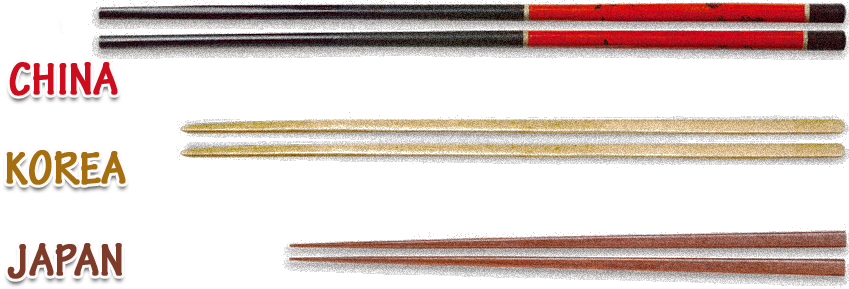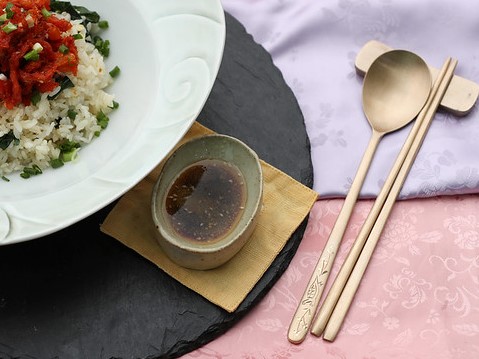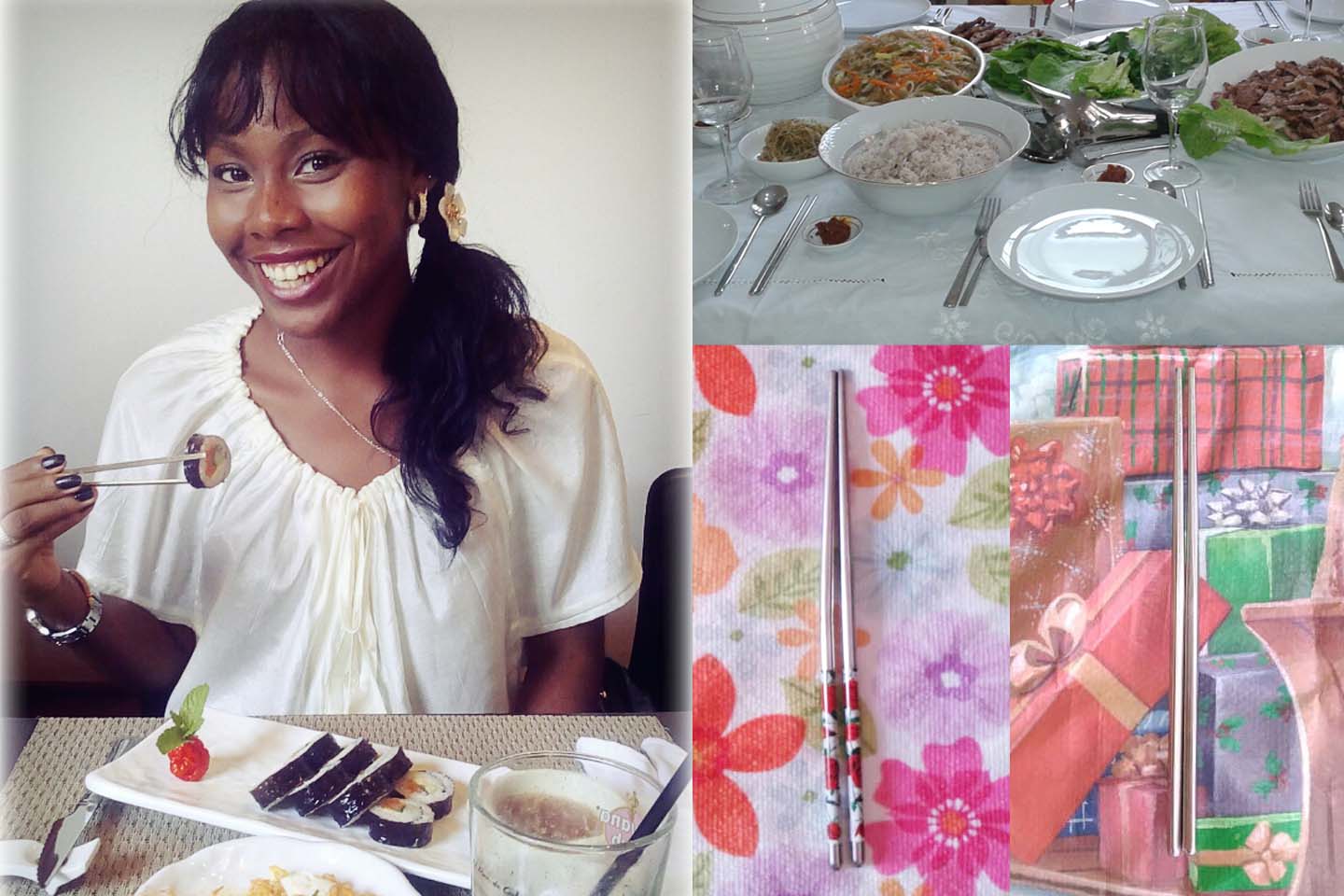- 한국어
- English
- 日本語
- 中文
- العربية
- Español
- Français
- Deutsch
- Pусский
- Tiếng Việt
- Indonesian
By Honorary Reporter Dayviana Diaz from Cuba
Photos = Dayviana Diaz and Korea.net
Chopsticks have been used in East Asia for cooking and eating over several millennia. They are made of wood, metal, ceramic or plastic and their use has spread worldwide.
Each country has its own style of chopsticks depending on culinary customs and how people eat. I feel the Chinese version is too long as it seeks to reach shared food at the center of the table, and the Japanese one is too short and pointed to remove bones from a diet heavily emphasizing fish. Thus I prefer Korean chopsticks, whose medium size make them perfect to use with any Korean food.

Each East Asian nation has different types of chopsticks. (Korea.net)
Metal chopsticks are used in Korea despite the traditional use of those made with bamboo or wood. The tradition of eating with chopsticks originated in China and eventually spread to Japan and Korea in A.D. 500. Metal chopsticks became a symbol of social status, first in the Baekje Kingdom under King Muryeong. Back then, silver chopsticks believed to detect arsenic in food and later those made of bronze were used during the Goryeo Dynasty era. Though the masses still used wooden or brass chopsticks, those made of metal such as gold and silver were reserved for royalty. More recently, metal chopsticks in Korea have been made more affordable through the use of stainless steel or bangjja, a Korean bronze alloy.
The flat and smooth shape of Korean metal chopsticks makes them difficult to use at first, but unlike square or round ones, they offer a stronger grip. Being thinner and more slippery than common chopsticks, these require greater muscle control but make the eating of a Korean dish much richer and immersive after a diner learns to use them skillfully. Koreans also use a Western-style metal spoon at mealtime in a set with metal chopsticks called sujeo, or "Korean spoon and chopsticks." Korea is unique in using a spoon, and much of Asia traditionally does not use the utensil.

A sujeo is a key element of a traditional Korean meal. (Korea.net)
Korean chopsticks are also unique in how they optimize resources and get the most out of them. They were designed for use in consuming soups and stews, avoid staining by pickled or marinated food and withstand greater wear and tear without breaking. This is why they are flat and made of metal, which makes them easy to wash with hot water, eco-friendly through reusability and simple to handle, especially with very hot food. Metal is also far more durable than wood or bamboo. Another unique trait of Korean chopsticks is that they are heavier than those of other countries, so Korean parents teach their children how to proficiently use chopsticks to promote proper etiquette at the dining table.
Popular at Korean restaurants, bamboo chopsticks are an eco-friendly and viable alternative to wooden ones in being reusable, lightweight and easy to use. Bamboo sticks are recommended to be discarded after three to six months of use, but metal ones are durable, odorless, anti-corrosive and more striking in design. While bamboo chopsticks are easier to handle and allow a better grip on food, they require more care when cleaning and can retain the odor of food after use.

The writer is a big fan of Korean cuisine, including the utensils used while eating Hansik. (Dayviana Diaz)
enny0611@korea.kr
*This article is written by a Korea.net Honorary Reporter. Our group of Honorary Reporters are from all around the world, and they share with Korea.net their love and passion for all things Korean.